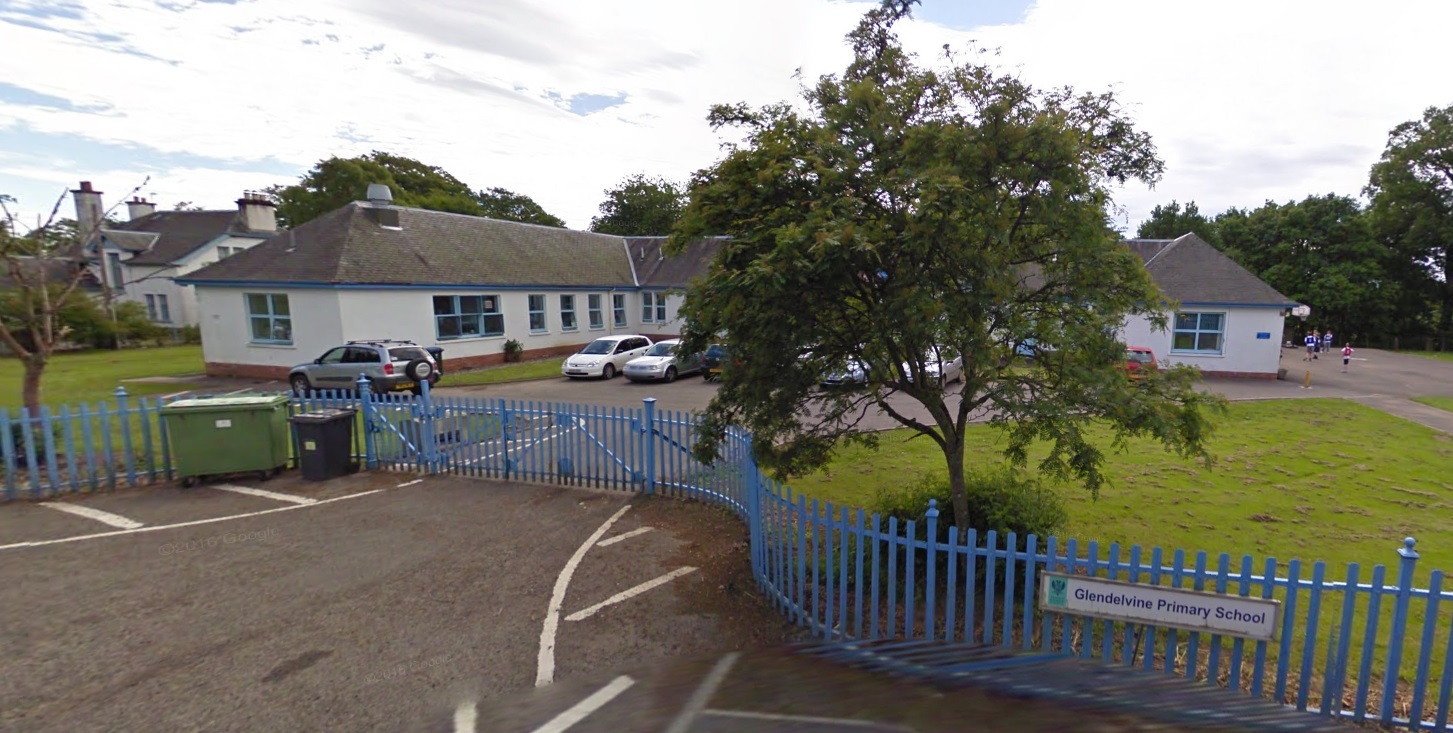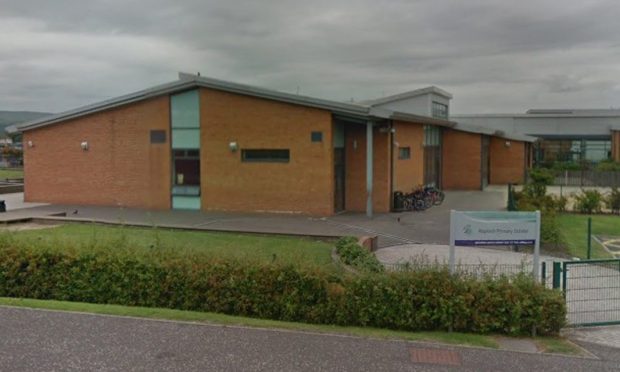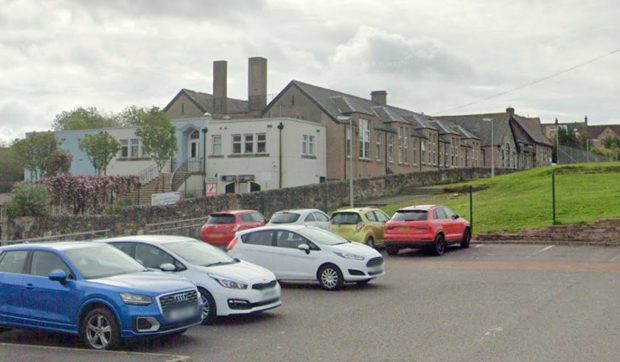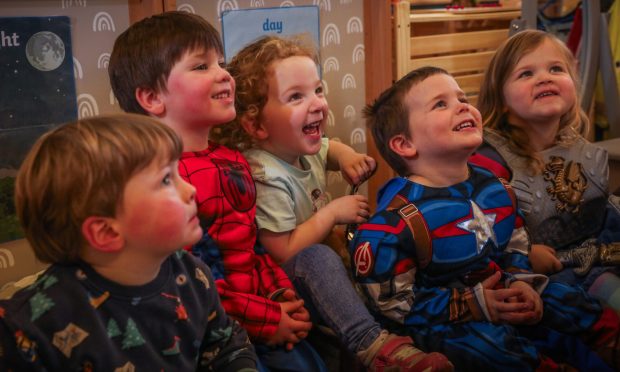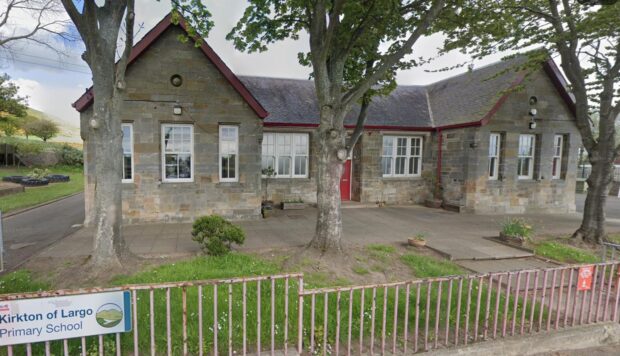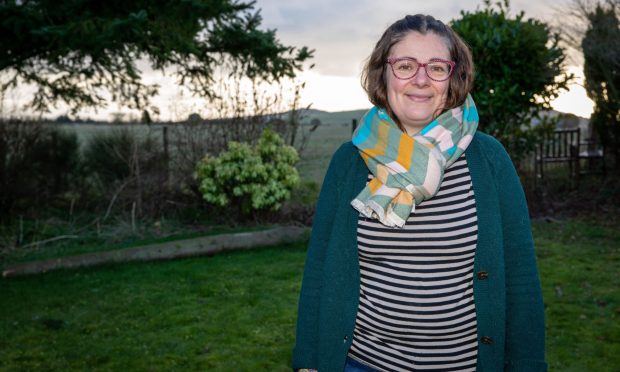Low-capacity schools could face the chop as part of a radical shake-up of education services across Perthshire.
Council chiefs are preparing to launch a review of all primaries and secondaries in an effort to bring rising revenue costs under control.
The initiative, part of Perth and Kinross Council’s five-year transformation programme, will look at the condition of school buildings, pupil numbers and occupancy rates.
According to a Lifelong Learning Committee report, several options will be considered include shared headships, catchment reviews and “rationalisation through closure.” The possibility of building new schools in areas of high demand will also be considered.
The move comes just months after councillors approved the latest budget, which proposed a £145 million investment in the school estate over the next seven years. This doesn’t include a new secondary school planned for Bertha Park which is being funded by the Scottish Government.
In her report to councillors, service manager Carol Taylor said: “The ongoing revenue costs of the school estate are significant.
“Education and Children’s Services spent £29.1 million on the school estate in 2015/16. These costs include rates, energy, cleaning, building maintenance, grounds maintenance and the unitary charge for the Investment in Learning schools.
“There are also revenue pressures associated with new schools, due to additional rates, cleaning and grounds maintenance, all of which need to be funded from existing resources.”
She said: “It is important, in light of the significant investment and cost associated with the school estate, that it is managed in an efficient and effective manner, and that the priorities which are addressed meet the wider strategic objectives of the council and the needs of our communities.”
Schools which will bear the most scrutiny are ones running at less than 60% capacity.
According to figures released by the local authority, there are 11 schools with an overall suitability grade of C, meaning poor, “showing major problems and/or not operating optimally”. A total of 10 schools are also rated C for their condition.
No establishment is graded D meaning bad, “economic life expired and/or risk of failure”.
There are 10 schools which are running well below capacity (under 40%).
Abernyte Primary, which was built for up to 44 pupils, has the lowest occupancy rate with just eight children. However, it has an A suitability rating.
There are only seven youngsters at the B-graded Blairingone Primary, which has a capacity of 25.
Officials leading the review are expected to carry out detailed analysis of any building graded C or under, as well as any school which is likely to exceed 95% capacity in the next seven years.
Schools classed as “very remote” are protected from closure. These are Glenlyon, Kenmore and Kinloch Rannoch.
Ideally, the council wants all of its schools to be rated A and B and have an occupancy of more than 80%.
Ms Taylor added: “There are significant challenges for the school estate in the coming years, these including changing populations, house building in certain locations, ongoing deterioration in building infrastructure, pressure on maintenance budgets and the extension to early learning and childcare provision.
“The purpose of the transformation review is to meet these challenges and support the delivery of better outcomes for all of our young people through more effective use and management of the school estate”.
The lifelong learning committee will be asked to approve the review at its next meeting on Wednesday. A follow-up report will come back to the group in November.
